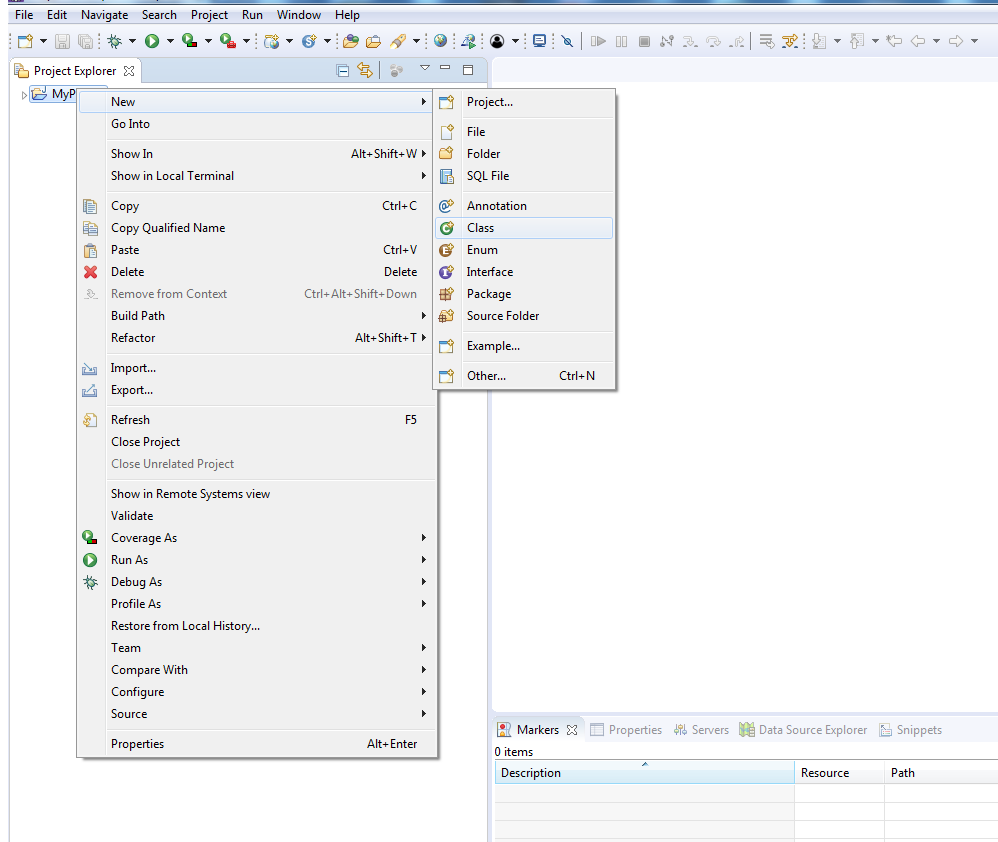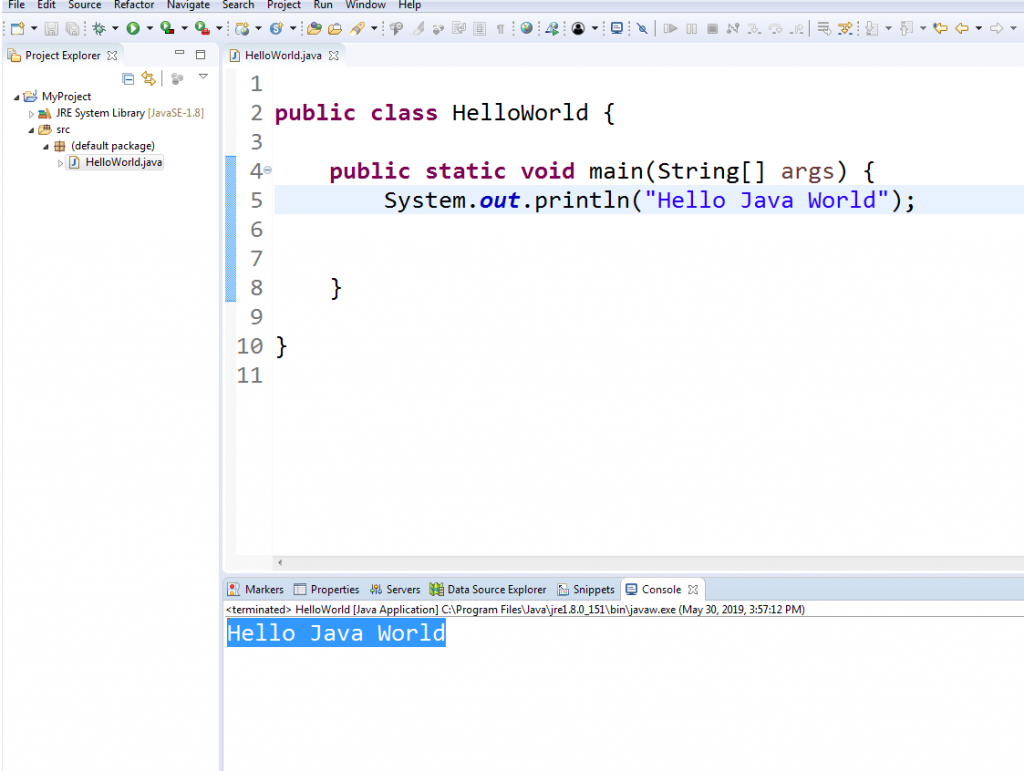In this Java Programming Basics we are going to have a simple Introduction to Java Programming.and also we are going to create our first hello world application in Java Programming.
What Is Java Programming Language ?
JAVA was developed by Sun Microsystems Inc in 1991, later acquired by Oracle Corporation. It was developed by James Gosling and Patrick Naughton. It is a simple programming language. Writing, compiling and debugging a program is easy in java. It helps to create modular programs and reusable code.
Java Is Object Oriented
To some, object-oriented programming (OOP) technique is merely a way of organizing
programs, and it can be accomplished using any language. Working with a real object-oriented language and programming environment, however, enables you to take full advantage of object-oriented methodology and its capabilities of creating flexible, modular programs and reusing code.Many of Java’s object-oriented concepts are inherited from C++, the language on which it is based, but it borrows many concepts from other object-oriented languages as well. Like most object-oriented programming languages, Java includes a set of class libraries that provide basic data types, system input and output capabilities, and other utility functions. These basic classes are part of the Java development kit, which also has classes to support networking, common Internet protocols, and user interface toolkit functions. Because these class libraries are written
in Java, they are portable across platforms as all Java applications are.
Java Is Easy To Learn
In addition to its portability and object-orientation, one of Java’s initial design goals was to be small and simple, and therefore easier to write, easier to compile, easier to debug, and, best of all, easy to learn. Keeping the language small also makes it more robust because there are fewer chances for programmers to make difficult-to-find mistakes. Despite its size and simple design,however, Java still has a great deal of power and flexibility.
Java is modeled after C and C++, and much of the syntax and object-oriented structure is
borrowed from the latter. If you are familiar with C++, learning Java will be particularly easy for you, because you have most of the foundation already.
Although Java looks similar to C and C++, most of the more complex parts of those languages have been excluded from Java, making the language simpler without sacrificing much of its power. There are no pointers in Java, nor is there pointer arithmetic. Strings and arrays are real objects in Java. Memory management is automatic. To an experienced programmer, these omissions may be difficult to get used to, but to beginners or programmers who have worked in other languages, they make the Java language far easier to learn.
Getting Started With Java Programming Language
In order to write Java programs, you will, of course, need a Java development environment. so you need to download JDK (Java Development Kit). you can download the latest version of JDK from their Website. also you need to download an IDE iam using Eclipse .
So now we are going to write our first HelloWorld application in Java Programming Language. first open your Ellipse IDE after that create New Project like this.

After creating project you need to create a java class like

And now we are going to create our first Hello World application

This program has two main parts
- All the program is enclosed in a class definition—here, a class called HelloWorld.
- The body of the program (here, just the one line) is contained in a routine called
main(). In Java applications, as in a C or C++ program, main() is the first
routine that is run when the program is executed.
Subscribe and Get Free Video Courses & Articles in your Email